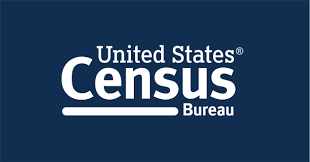From Becker’s Hospital Review
In 2023, private industry employers reported 2.6 million nonfatal workplace injuries and illnesses, down 8.4% from 2022, the U.S. Bureau of Labor Statistics reported Nov. 8.
Nonfatal recordable workplace injuries and illnesses include cases with days away from work, job restriction or transfer, along with other recordable cases.
In 2023, total recordable injuries and illnesses decreased in the healthcare and social assistance sector to 562,500 cases, down from 665,300 in 2022. The rate of nonfatal injury or illness per 100 full-time workers was 3.6 last year, down from 4.5 the previous year.
If illnesses are removed, the healthcare and social services sector recorded 471,600 nonfatal injuries in 2023. This is up from 443,800 the previous year and higher than any other sector. By comparison, 334,700 nonfatal injuries were recorded in retail trade and 326,400 in manufacturing.
Some of the healthcare subsectors with the highest rates of nonfatal injury or illness per 100 full-time workers are:
- Ambulance services — 7.4
- Nursing care facilities (skilled nursing facilities) — 6.9
- Continuing care retirement communities and assisted living facilities for the elderly — 6.5
- Psychiatric and substance abuse hospitals — 6.3
- General medical and surgical hospitals — 5.1
Healthcare workers face physical demands and safety challenges in their jobs, including the potential to sustain injuries linked to violence. Various groups and organizations have taken steps to help ensure a safer work environment. For example, the American Hospital Association and the FBI recently partnered to mitigate targeted violence in healthcare settings.




